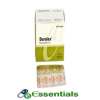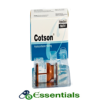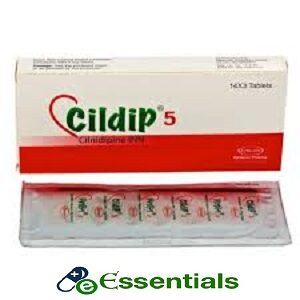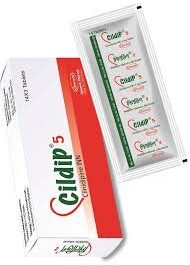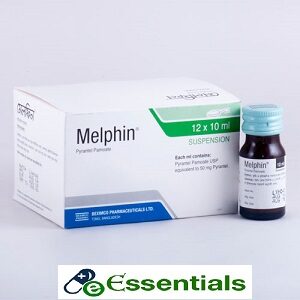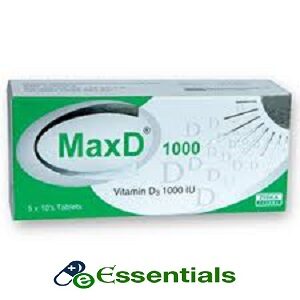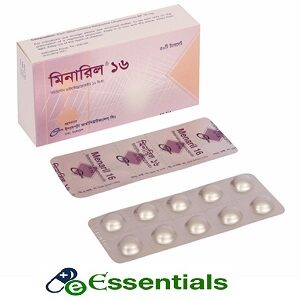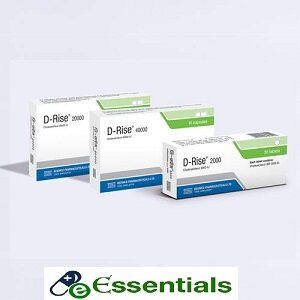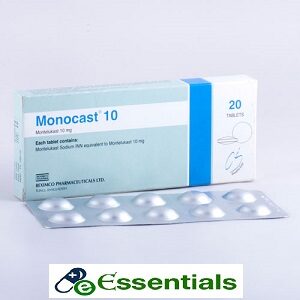Indications :
Diclofenac sodium tablet, injection or suppository is used to relief all grades of pain and inflammation in a wide range of conditions including:
- Arthritic conditions: Rheumatoid Arthritis, Osteoarthritis, Ankylosing spondylitis, Acute gout.
- Acute musculoskeletal disorders such as periarthritis (e.g., frozen shoulder), tendinitis, tenosynovitis, bursitis.
- Other painful conditions resulting from trauma, including fracture, low back pain, sprains, strains, dislocations, orthopaedic, dental and other minor surgery.
Diclofenac Gel is used for the local symptomatic relief of pain and inflammation in:
- Trauma of the tendons, ligaments, muscles and joints, e.g, due to sprains, strains and bruises,
- Localised forms of soft tissue rheumatism.
Therapeutic Class :
Pharmacology :
Diclofenac, a phenylacetic acid derivative is a prototypical NSAID. It has potent anti-inflammatory, analgesic and antipyretic actions. It reversibly inhibits the enzyme, cyclooxygenase, thus resulting in reduced synthesis of prostaglandin precursors.
The anti-inflammatory effects of diclofenac are believed to be due to inhibition of both leukocyte migration and the enzyme cylooxygenase (COX-1 and COX-2), leading to the peripheral inhibition of prostaglandin synthesis. As prostaglandins sensitize pain receptors, inhibition of their synthesis is responsible for the analgesic effects of diclofenac. Antipyretic effects may be due to action on the hypothalamus, resulting in peripheral dilation, increased cutaneous blood flow, and subsequent heat dissipation.
Dosage & Administration :
Tablet/Suppository/Gel:
Adults:
- Enteric coated tablet: A total of 75-150 mg daily given in two or three divided doses.
- Sustained release tablets: One tablet daily, taken whole with liquid, preferably during meal.
- Suppositories: 75-150 mg daily in divided doses.
- Gel: Depending on the painful site to be treated, 2-4 g gel may be applied 3-4 times daily.
Children:
- Enteric coated tablet: 1-3 mg/kg per day in divided doses.
- Sustained release tablets: Not recommended.
- Suppositories: 1-3 mg/kg body weight in divided doses.
Injection:
Each 3 ml ampoule contains Diclofenac Sodium 75 mg & each 2 ml ampoule contains Diclofenac Sodium 75 mg and Lidocaine Hydrochloride 20 mg .
- Adults: One ampoule once (or in severe cases, twice) daily by intramuscular injection.
- Renal colic: One ampoule once daily intramuscularly. A further ampoule may be administered after 30 minutes, if necessary. The recommended maximum daily dose of diclofenac is 150 mg, by any route. The recommended maximum daily dose of lidocaine is 200 mg.
- Children: In juvenile chronic arthritis, 1-3 mg of diclofenac/kg body wt. daily in divided doses.
- Elderly patients: In elderly or debilitated patients, the lowest effective dosage is recommended, commensurate with age and physical status.
Interaction
Contraindications :
It is contra-indicated for those patients who are hypersensitive to Diclofenac. In patients with active or suspected peptic ulcer or gastrointestinal bleeding, or for those patients in whom attacks of asthma, urticaria or acute rhinitis are precipitated by aspirin or other NSAIDs possessing prostaglandin synthetase inhibitinig activity, it is also contraindicated.
Because of the presence of Lidocaine, it is also contraindicated for those patients who are hypersensitive to local anaesthetics of the amide type, although the incidence is very rare.
Side Effects :
Pregnancy & Lactation :
Lactation: Very small quantities of Diclofenac may be detected in breast milk, but no undesirable effects on the infant are to be expected.
Precautions :
Overdose Effects :
Symptoms: Lethargy, drowsiness, nausea, vomiting, epigastric pain, GI bleeding. HTN, acute renal failure, resp depression, anaphylactoid reactions and coma may occur rarely.
Management: Symptomatic and supportive treatment. Immediately empty the stomach by inducing emesis or gastric lavage and admin of activated charcoal may be useful after.
Storage Conditions :
Brand
Opsonin Pharma Limited


